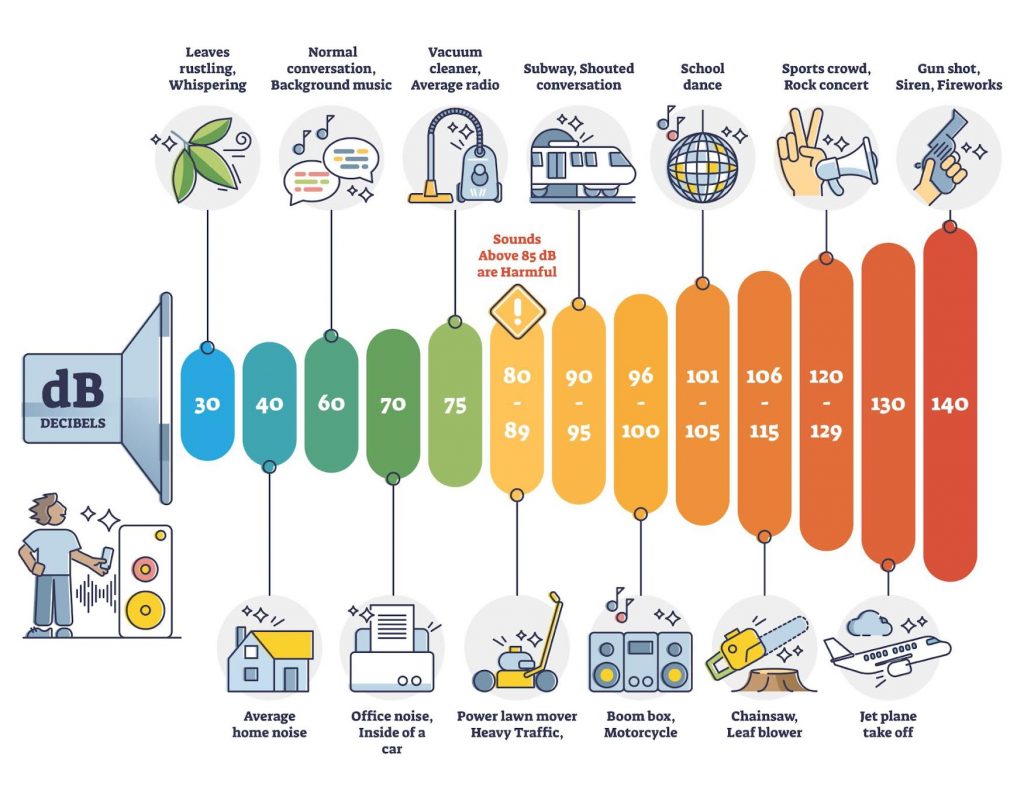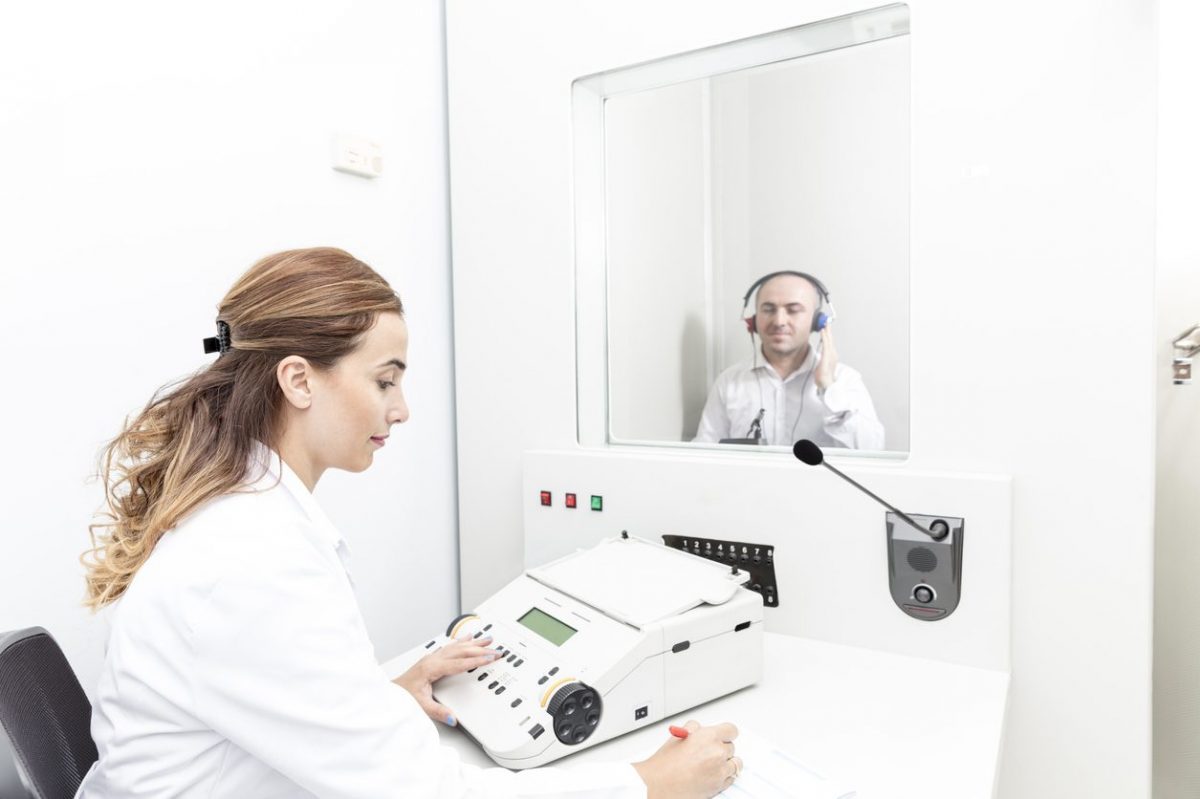A baseline hearing test consist of a battery of tests determining the status of the outer, middle, and inner ear. Done between ages 21–60 years old, you take this test during your first annual physical or when you see a doctor for hearing or balance concerns.
Audiologists specializing in diagnosing and treating hearing disorders conduct these tests. They are healthcare professionals with a master’s degree or doctorate in Audiology and are licensed by the state.
Audiologists conduct tests in various settings, including hospitals, clinics, private practices, and schools. These test results form part of the reference point or baseline for succeeding examinations. The results may point to permanent hearing loss requiring a hearing aid. Visit website that discuss the procedure in detail to learn more about what entails during and after the exam.
Who Should Undergo A Baseline Hearing Test?
Baseline hearing tests are done on people at risk of hearing loss, including people who are
- exposed to loud noises regularly,
- with family members who experienced hearing loss,
- people with tinnitus,
- people with hearing loss symptoms, or
- going to have an operation that may cause hearing loss.
Other people may have a baseline hearing test as part of work-related or other requirements, such as for a job requiring sound hearing or specific safety certifications. Starting a new treatment or tracking changes in hearing over time are other valid reasons for getting a hearing test.
Why Conduct A Hearing Test?
Assessing a person’s ability to hear different sounds and frequencies can help identify underlying causes of hearing problems and help determine the type and degree of hearing loss. Audiologist use hearing tests to:
- check for any issues with the ear, such as ear infections or blockages;
- monitor changes in hearing over time; and
- evaluate the effectiveness of hearing aids or other devices.
Regular hearing tests are crucial if you experience hearing loss symptoms, have been exposed to loud noises, or have a family history of hearing problems. Early detection and treatment can help prevent further deterioration of hearing and improve communication and quality of life.
How You Hear Sounds
Hearing tests measures your ability to hear sounds in intensity and tone. The tone is a measure of the speed of the sound waves, while intensity is a measure of its loudness.
Hearing happens when sound waves travel from their source to reach the ear. From the inner ear, sound travels to the eardrum by air or bone conduction. Sound stimulates the nerves and reaches the brain through the nerve pathways. Sound transmission is affected by accumulated earwax or pus. A broken eardrum, congestion, and nerve degeneration can lead to hearing issues.

Decibels (dB) measure loudness or sound intensity. Frequent loud music that ranges from 80–120 dB can cause hearing loss. Damage can occur when exposed to 85 dB and above levels for a few hours. Loud noise can even cause pain. A whisper is usually just about 20 dB.
Hertz (Hz) measures sound pitch, frequency, or tone. The average human ear can detect 20 to 20,000 Hz. The range of human voice ranges from 500 to 3,000 Hz. Those with hearing loss may not be able to hear low bass tones ranging from 50–60Hz.
Hearing Test Components And Interpretation Of Results
A baseline hearing test typically includes an audiogram, a graph showing the softest sounds a person can hear at different frequencies (or pitches). Conducted in a soundproof room, the person tested wears headphones and listens to a series of sound prompts set at different frequencies and volumes.
The process begins with a history and needs assessment. Some simple and painless tests include using non-invasive tools like a tuning fork.
The components of a hearing test include the following:
- Otoscopy: The audiologist inspects the eardrums and canals using a handheld device. They treat infections with antibiotics and soften and remove impacted earwax. Removing wax build-up is necessary before the hearing test proceeds.
- Tympanometry: The eardrum should respond to the low-pitched stimulus if there’s nothing wrong with the middle ear.
- Air Conduction Thresholds: An audiometer connected to headphones or a bone conduction device emits sounds. While listening to various sounds that differ in tone and loudness, the audiologist will instruct you to raise your hand or push a button once you hear a sound. This test senses your threshold for the softest sound you can hear at the highest and lowest pitches (frequencies) as detected by the outer and middle ear.
- Bone Conduction Thresholds: A metal headband attached to a bone oscillator tests the inner ear’s response. Like air conduction, the audiologist plays a sound at different pitches, recording the softest sound.
- Speech Testing: This part of the test determines how the person hears and understands speech amid the noise. This is usually one of the earliest symptoms of hearing loss. It isn’t pleasant, so it’s usually the driver for seeing a doctor.
The results of the tests are included in plotting the audiogram and discussed during consultation. If the results of bone conduction are better, the problem may be in the outer or middle ear. Similar results point to a permanent disability requiring a hearing aid.
Conclusion
A baseline hearing test determines your threshold for hearing. It’s a good gauge to assess hearing loss. Results can decide whether or not you need a hearing aid or what you have needed changing.
The test is usually a painless procedure that starts with an assessment, followed by a series of tests, and concludes with a consultation. A hearing test is a suitable intervention for people exposed regularly to loud and noisy environments.








